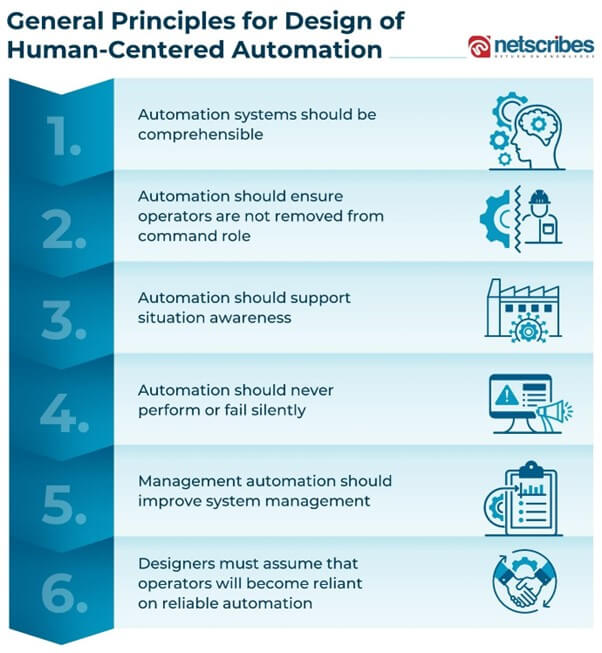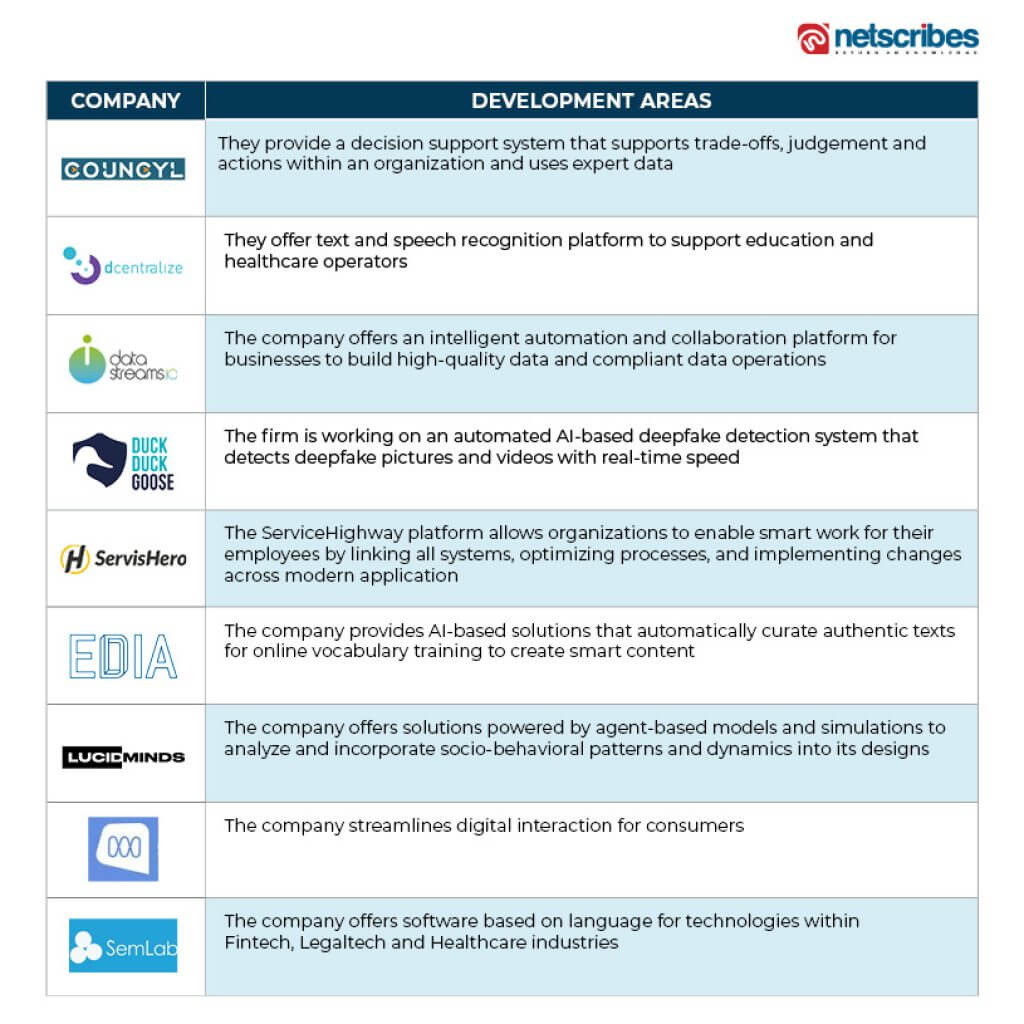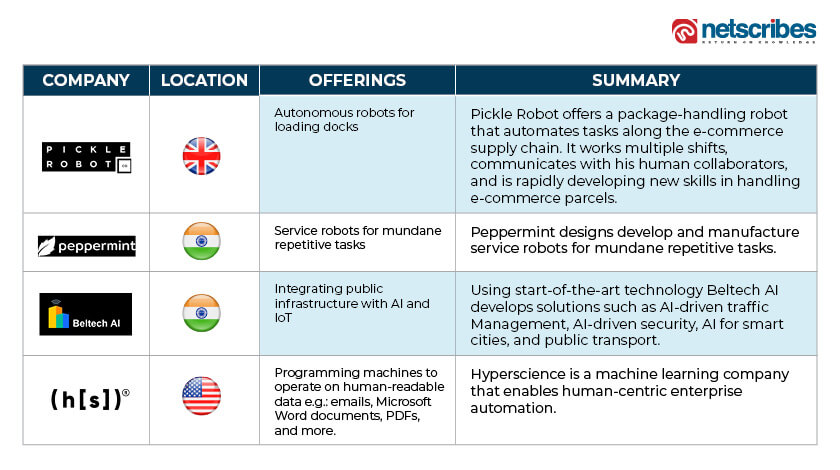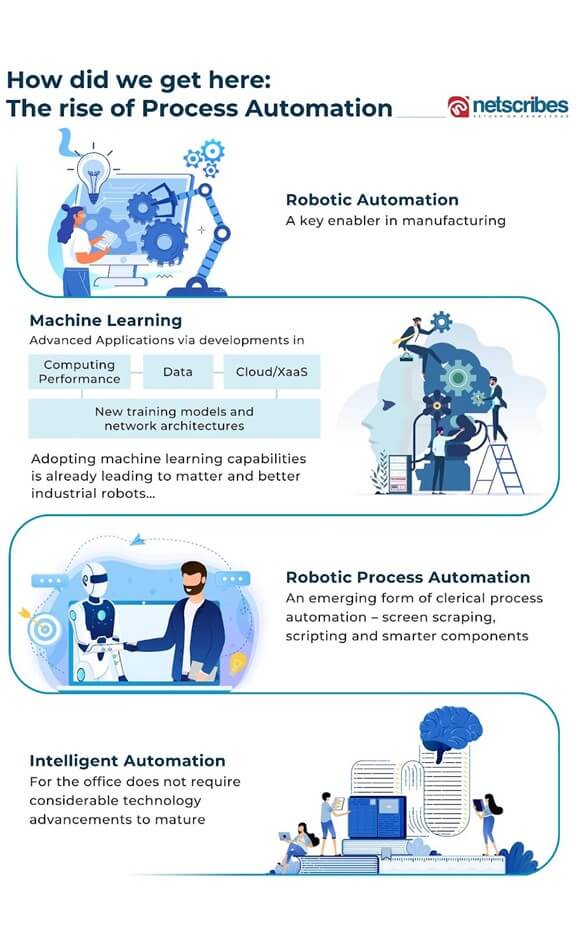A few years ago, automation was relatively simple. However, it has come a long way and helped people get rid of repetitive tasks. Using automation, businesses are now scaling up operations, increasing their customer base, and boosting employee productivity. With new buying trends, preferences, and user experience (UX) expectations shifting constantly, organizations are required to align their operations with the latest developments to remain competitive and sustainable in the market.
What is human-centered automation?
The world of work is changing thanks to digital transformation. Tech startups are developing new remote work solutions and enabling enterprises to scale their operations while keeping their staff at the core of their research and development. These innovations are also helping enterprises drive various forms of employee engagement while defining how they learn new skills to stay futuristically relevant and resourceful.
Creativity, dedication, and emotional capacity will be the most important measures of human capacity in the future. Giving a portion of human time to every knowledge worker in the world, employees will build stronger customer relationships, interpret data in new ways, discover new treatments for diseases, and unleash fresh design-building concepts, all this leading to a revolutionary work transformation.
A more human-centric era where automation frees people from the drudgery of work and measures employee contributions is on the horizon. This concept is still in its nascent stage and finding its applications in various domains. Some of the potential applications of human-centric automation include the following:
- Human resource: Employee management, employee skills enhancement, onboarding processes
- Sales and Marketing: Contact center automation, order management, communication management
- Operations: Logistics management, product development (majorly in pharmaceuticals), cost management, project management
Human-centric automation is the idea of increasing revenue, reducing work error, and creating a win-win situation for both the enterprise and its workforce. Human-centered automation considers the role humans play at each step of the process. It helps humans to connect with machines and create better output for organizations and their customers. Existing automation approaches neglect human intervention and struggle to cope with unexpected surges in volume, changing regulatory or market conditions, and complex use cases.
Human-centered algorithms involve humans, asking for inputs through an intuitive interface and facilitating seamless collaboration between humans and machines. Agile algorithms and human inputs consider how businesses grow and enable digital transformation with a workforce that can evolve, and course correct when a process changes.

The world is already trading valuable data over social networks and Internet of Things (IoT) devices. Technologies such as process mining, task mining, and process automation using Artificial Intelligence (AI) prove fruitful in making decisions based on this data, improving overall work experience, and preparing next-generation employees. Startups are getting funded to develop human-centric AI solutions in this direction. Some of the startups funded by Rijksdienst voor Ondernemend (RVO) to enable an excellent business climate using AI are listed below:

The incorporation of human-centric automation and AI to identify process optimization helps organizations to get the job done. AI risk and failure are major challenges faced by companies worldwide. To overcome these Microsoft takes a human-centered approach to AI, to design and develop technologies that benefit people and society while reducing the risk of failure. The design understands human needs and uses insights to drive development decisions within the process.
Investing in human-centric automation
Automation is a key focus area for Blockchain leaders to invest in that will enable improvising employees’ workflow experience and work environment. Businesses should pay attention to one of the most important types of business process management (BPM) specifically human-centric BPM. In distributed ledger technology (DTL) projects, UX design and customer experience are the lowest concern.
Human-centric automation helps blockchain platform developers think about usability and improve security aspects. Integration of a human-centered approach in areas like robotics, analytics, and factory automation helps organizations reduce errors and enhance efficiencies. Some of the startups that help organizations enhance their capabilities using a human-centric approach are listed below.


Companies involved in human-centric automation solutions need to collaborate with technology providers (AI, IoT, Robotics, and Blockchain) such as Microsoft, AWS, Kryon, LemonBrew, etc. to work closely on current automation systems challenges. A set of new engineering designs should be implemented to incorporate human-centered automation. Startups such as BSD HMI are working towards activities on the human quotient and integrating ergonomics and design in their offerings. Human-centered automation may deploy a man-machine interaction and integration continuum, a relation in which both entities collaborate throughout the process lifecycle, to consistently reach productivity and well-being together.
Once the initial stages of this automation are through, strategic decisions need to be taken about how and where players want to position themselves in the intelligently-automated ecosystem, what value drivers they want to bring to the table in terms of core capabilities, and what collaborative relationships they want to leverage with innovative automation technology players to stay relevant.
For an in-depth technology analysis on human-centric automation and how your business can strategically harness this potential for better productivity and efficiency, get in touch with us.
Based on insights by Husen Limdiwala – Manager, Market Research team, Netscribes






